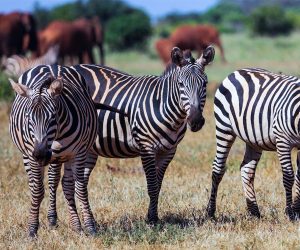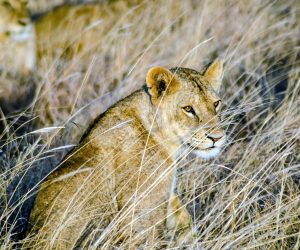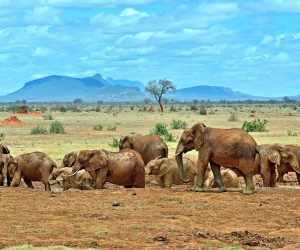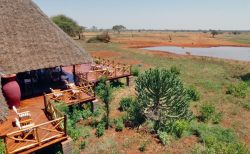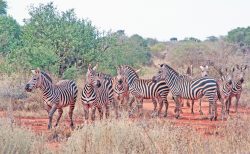Tsavo East
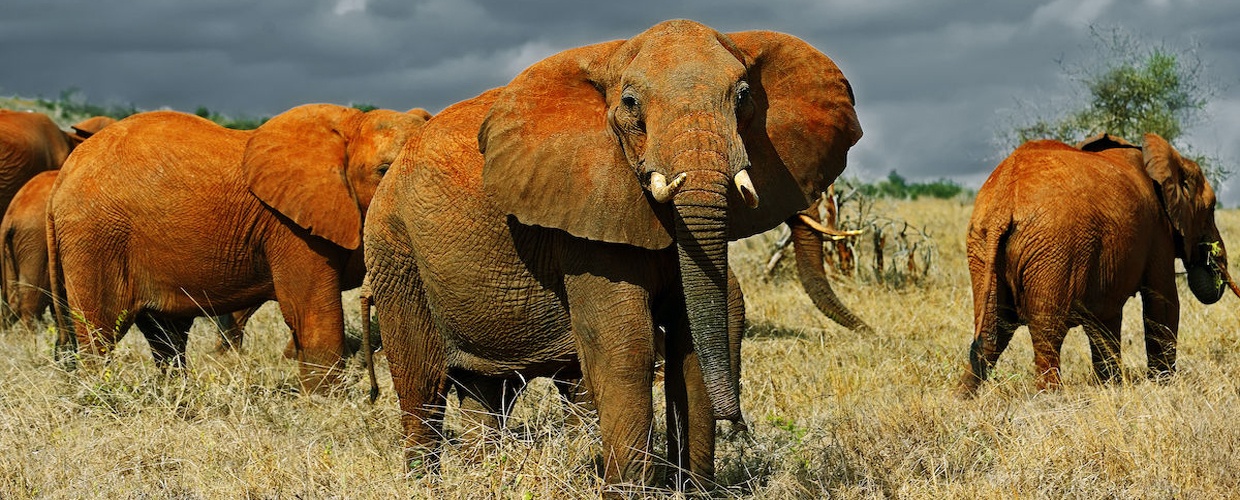
The Tsavo East National Park is the largest national park in Kenya and with an area of 11,747 square kilometres it makes up 40% of the total area of Kenya’s national parks.
Although one of Kenya’s largest rivers flows through the middle of the park, the landscape here is markedly flatter and drier and lacks drama. Bushy grassland and open plains alternating with savannah and semi-arid acacia scrub and woodlands make the spotting of wildlife generally easier compared with Tsavo West. Green swathes cross the park only where the river banks give rise to lush vegetation. One of the Park's most recognisable features is the Yatta Plateau - the longest lava flow in the World, stretching for over 300km (185 miles).
Nearly all safaris take place in the south of the park, south of the Galana River. The vast northern region has not much infrastructure and distances are far.
The park is known for large “red” elephant herds – they rub the striking red earth in the area as dust or mud on their thick skin. The iron oxide-rich soil protects the elephants from intense sun exposure, parasites and contributes to their general skin care. The other members of the Big Five – rhinos, buffaloes, lions and leopards – are also residents in this park. The dry grasslands and the green river banks are home to waterbucks, kudus, gerenuks, zebras, and the rare Hunter antelope. In the rivers crocodiles and hippos lurk, while 600 bird species - many of which are waterfowls, decorate the trees, grasslands and sky above.
Another attraction in the park is the Lugards Falls, where the Galana River cascades over a series of rapids created by interestingly shaped rocks.
Mudanda Rock is an Ayer’s Rock-like sandstone inselberg whose bare flanks form a natural water catchment area that feeds into a large, seasonal lake, attracting large numbers of wildlife.
An important focal point for game-viewing in Tsavo East is Aruba Dam, which was constructed on the Voi River in 1951 and forms the only permanent water source in the vicinity. Lions are often seen resting below the trees around the dam. Crocodile Point, where the big reptiles can often be seen basking in the sun, is just downstream from here.
The park lies not far from Mombasa and a safari tour can easily be combined with a beach holiday on Kenya’s coast.
